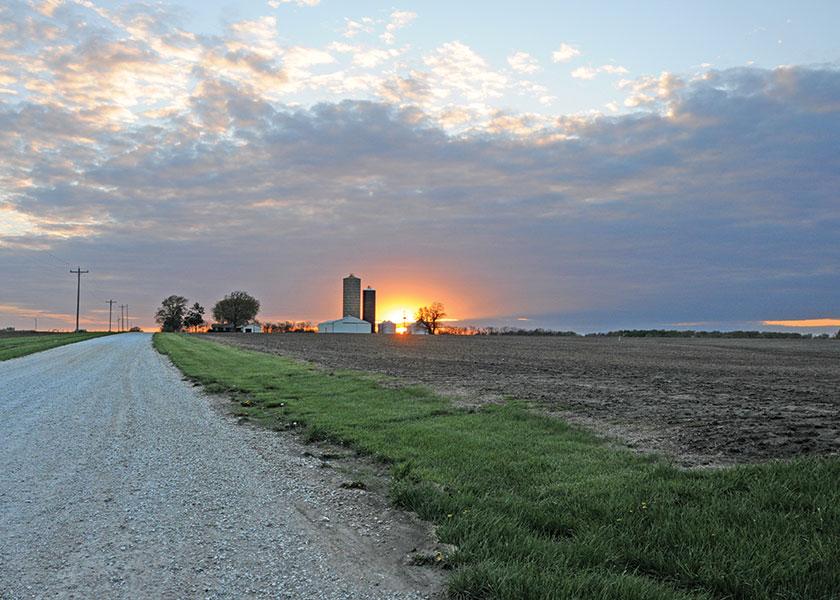Don’t Play Favorites with Your Farm Employees

Do you have one of those employees who you work with better than others? Maybe it’s their personality, familiarity or even their work ethic that plays to your strengths, and it can be tempting to latch on to what has been successful in the past. But is it possible you’re playing favorites with some of your team members?
According to Joel Garfinkle, author of “How to Be a Great Boss,” playing favorites leads to missed opportunities for you and your team. “You lose out on new perspectives, new ideas and unique problem-solving techniques. The [operation] can hardly benefit from the skills of staff that are never given the chance to shine, and staff that is never given a chance to shine may soon leave,” Garfinkle adds.
If you find yourself favoring some employees more than others, maybe it’s time for a more open-minded approach in order to grow as your farm’s leader. Consider breaking these five bad habits:
-
Going with who you know
Having familiar faces on the team can certainly feel comforting, but is it causing a rut in your team’s performance? According to Garfinkle, always relying on the same people may be causing your business to miss out on new ideas and fresh perspectives from other people.
“Balance your teams with a mix of old and new to keep both continuity and fresh perspectives flowing,” Garfinkle says.
-
Picking youth over experience (or vice versa)
“Some of us are drawn to the brightness and vitality of young members on the team. Whether we see a glimpse of our earlier selves in them, or we are simply energized by the vigor they bring to the table, it can seem natural to give extra focus and attention to foster and refine that youthful drive,” Garfinkle notes. “Similarly, it can seem logical to reward knowledge and experience, giving extra weight to the opinions of those who have been at the table the longest. Either way, it’s a missed opportunity to only consider the opinions of one group or the other, especially when neither side will always have the whole answer to a challenge.”
Instead of picking one over the other, Garfinkle recommends bringing everyone to the table and leveraging the power of both perspectives. “A great leader can combine both youth and experience to gain the best advantage,” he adds.
-
Having one “go-to” person for everything
Some farm employees just have a knack for getting things done the right way each and every time. Their consistent and reliable characteristics make them right for the job. But if the same person is always your “go-to” employee, how much growth is happening in others’ roles?
“Ask yourself if there really is only one right person for the task at hand, or whether there are others on your team who need the mentorship and opportunities you can offer,” Garfinkle notes. Make sure you provide opportunities for all of your team members on the path to greater responsibility.
-
Creating a hierarchy
Take a look at the structure of your team. Do some employees solely report to different managers, or do they feel comfortable with coming to you? While some hierarchy is helpful, don’t let it prevent you from seeing your team in action on a regular basis, Garfinkle notes.
“If only certain members feel it’s comfortable or appropriate to speak with you, you will be missing out on a lot of great ideas. Broaden the number of team members you interact with regularly – in both formal and informal settings,” he says.
-
Being stingy with trust
Do you find yourself having a hard time with only trusting a few key farm employees on your team? Maybe some team members have let you down in the past, or perhaps it feels safer to minimize the number of people with critical tasks or key information. According to Garfinkle, the problem with this approach is that those on the outside feel shut out and minimized, even when they’ve done nothing wrong.
“Bring your team together by keeping everyone ‘in the know,’” Garfinkle recommends. “Your team is more likely to trust you if you trust them in turn.”







